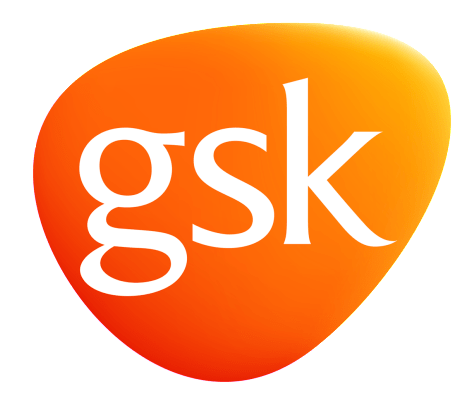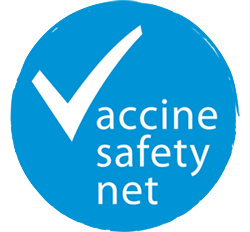The Business Case
 The social and economic contributions of older people in every nation around the world are significant. From 2016-17, older Britons made a net contribution of almost £161 billion through activities such as employment, volunteer work, and caregiving.12 However, a person’s ability to contribute to society and participate in the community depends largely on their health and functional ability. If an older adult is hospitalized due to influenza or pneumonia, they are much less likely to be able to continue to participate in that which they value, and resulting costs of these diseases on the healthcare and social care systems are significant.13
The social and economic contributions of older people in every nation around the world are significant. From 2016-17, older Britons made a net contribution of almost £161 billion through activities such as employment, volunteer work, and caregiving.12 However, a person’s ability to contribute to society and participate in the community depends largely on their health and functional ability. If an older adult is hospitalized due to influenza or pneumonia, they are much less likely to be able to continue to participate in that which they value, and resulting costs of these diseases on the healthcare and social care systems are significant.13
Vaccination is considered the most cost-effective public health intervention after clean water.14 Yet, only 45% of WHO member states with an influenza policy target older people as a risk group, and most OECD countries fall within a band of spending only 2 to 4% on prevention strategies, which has unfortunately not increased to any extent. 15
A life course approach to vaccination can help to reduce hospitalizations, missed work, and poverty, and instead can help maintain productivity levels and functioning. In fact, Sevilla and Bloom, et al., (2017) found that the rates of return on investment were as high as 149% for older Danish citizens vaccinated against pneumonia.16 It is therefore crucial that vaccination is not seen as an economic burden on health care systems, but instead as an investment, with benefits far outweighing the costs.17
Last revision: 23 April 2020
12Iparraguirre, J (2017). The economic contribution of older people in the United Kingdom. Update to 2017. Retrieved from https://www.ageuk.org.uk/globalassets/age-uk/documents/reports-and-publications/reports-and-briefings/active-communities/the_economic_contribution_of_older_-people_-update_-to_-2017.pdf
13Brogaard et al., (2015). Health care and social care costs of pneumonia in Denmark: a register-based study of all citizens and patients with COPD in three municipalities. Dove Press Journal.
14Ehreth J. The global value of vaccination. Vaccine. 2003;21(7–8):596–600.
15Ortiz, J. R., Perut, M., Dumolard, L., Wijesinghe, P. R., Jorgensen, P., Ropero, A. M., … & Lambach, P. (2016). A global review of national influenza immunization policies: Analysis of the 2014 WHO/UNICEF Joint Reporting Form on immunization. Vaccine, 34(45), 5400-5405.
16Sevilla, J. P., Stawasz, A., Burnes, D., Poulsen, P. B., Sato, R., & Bloom, D. E. (2017, October). Calculating The Indirect Costs Of Adult Pneumococcal Disease And The Rate Of Return To The 13-Valent Pneumococcal Conjugate Vaccine (PCV13) In Older Adults, With An Application To Denmark. In Value in Health (Vol. 20, No. 9, pp. A787-A787). 360 PARK AVE SOUTH, NEW YORK, NY 10010-1710 USA: ELSEVIER SCIENCE INC.
17Bloom, D. E., Fan, V. Y., & Sevilla, J. P. (2018). The broad socioeconomic benefits of vaccination. Science translational medicine, 10(441), eaaj2345.








